Tips
How to Play Better with Keyboard and Mouse: Tips and Tricks
Boost your keyboard and mouse gaming with expert tips on optimizing settings, customizing key binds, ergonomic setup, and targeted reflex drills to help you win more in mobile and PC games.
Advertisement
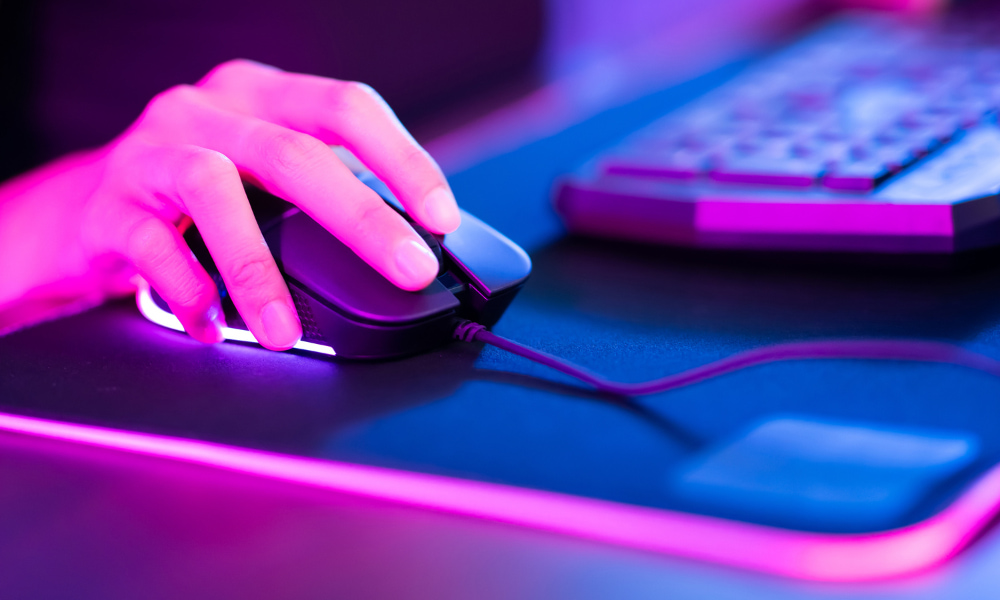
Responding with split-second accuracy is at the heart of competitive gaming. Players hunting for the edge often turn to keyboard and mouse gaming to get that rapid-fire control others miss. Small changes in habits can add up to noticable results, especially when seconds matter most.
Casual and professional gamers alike share one goal: climb the ranks or master their favorite genres. Superior keyboard and mouse gaming allows users to achieve peak performance by translating their intentions into on-screen victory with more precision and speed.
If you want to step up and transform your mobile gaming skills with a familiar keyboard and mouse, keep reading. This guide breaks down practical strategies and techniques for instant and reliable improvements across all game types.
Refining Mouse Accuracy for Winning Plays
Landing more headshots and skill shots happens when you train yourself to move the mouse in a direct, repeatable line. This boost in consistency makes clutch moments easier to control during keyboard and mouse gaming sessions.
You don’t need expensive gear to benefit. A solid mouse, clean surface, and the right grip allow you to build accuracy over time, not overnight.
Experimenting with Sensitivity Settings
Start by trying different DPI levels and in-game sensitivities. Write down your settings on a notepad or spreadsheet to track what feels natural. If your hand overshoots targets, drop sensitivity slightly and retest in fast duels.
Adjusting both hardware DPI and software sensitivity delivers a smoother experience. In keyboard and mouse gaming, transitioning from a too-high to a balanced sensitivity supports faster, truer flicks—making it easier to line up shots under pressure.
For fine-tuned accuracy, simulate tense in-game situations. Move the crosshair between several objects and compare times for each setup. Pick the settings that provide reliable aim during the most frantic moments.
Practicing Consistent Mouse Grip and Motion
A consistent mouse grip encourages repeatable hand movements. For shooter games, adopting a claw or fingertip grip gives you more control with swift, precise wrist flicks, making accuracy gains more sustainable in keyboard and mouse gaming.
Map out a daily micro-task: practice horizontal and vertical lines on a blank desktop for five minutes. Notice how it improves your muscle memory during heated battles or hectic moments.
Visualize each flick as drawing a straight arrow. If the “arrow” wobbles with each motion, slow down, focus, and retrain your grip until you replicate the exact motion under stress. Stick to your chosen grip for a week before making adjustments.
| Mouse Grip | Best For | Common Mistake | What To Fix/Try |
|---|---|---|---|
| Claw | Quick Aiming | Too Much Finger Strain | Relax fingers; use wrist for micro-adjustments |
| Palm | Long Sessions | Sluggish Flicks | Raise palm for small adjustments |
| Fingertip | Fast Reflex Games | Unsteady Control | Anchor pinky/ring for steadiness |
| Hybrid | Versatility | Mixed Movements | Pick consistent anchor points |
| Thumb-only | Custom Key Mapping | Missed Side Buttons | Assign key abilities to easy thumbs |
Unlocking the Power of Keyboard Bind Customization
Personalized key binds help you react instinctively in gameplay, reducing hesitation and wasted motion. For keyboard and mouse gaming, this approach shrinks your response window and makes commands second nature.
Rebinding keys lets you keep vital abilities close together. Start with frequently used actions—like crouch, melee, and reload—and group them so your fingers move less and multitask smoothly in high-action moments.
Choosing Key Layouts for Competitive Games
Group weapon selection, reloading, and communication near WASD to multitask efficiently with muscle memory. Create mock battles in practice lobbies, adjusting binds until you can use all essentials without glancing down.
- Place jump and crouch on thumb-accessible keys—keeps hands anchored and avoids finger drift during intense keyboard and mouse gaming rounds.
- Assign map toggle to a pinky-accessible modifier, freeing up core keys for movement.
- Bind common gadgets or power-ups to side mouse buttons. Try this setup—one hand stays on the keyboard, the other manages the gear efficiently.
- Create a backup profile for special modes or alternate weapons. Frequent changes increase adaptation speed.
- Reset bindings if mistakes creep in—avoid training your fingers to repeat mistakes by frequently reviewing usage in post-match replays.
Give your muscle memory time to absorb new layouts before reverting. Track which commands make you hesitate, and revise until every action is instant regardless of game type.
Integrating Macros and Shortcuts for Efficiency
Macros allow multiple commands under a single keystroke. Use them only for repetitive legal actions, like quick-building or cycling tools, in keyboard and mouse gaming. Never assign actions that break a game’s code of conduct.
- Create a macro sequence for quick reload and switch—press one key, watch the action chain together. Safe macro use maintains the skill gap while easing hand strain over long play sessions.
- Set a comfort test: if a macro setup feels awkward, edit the script or adjust the timing between commands.
- Always retain standard controls for emergencies. If a macro misfires, you’re still able to intervene or correct with manual input.
- Test macros in practice mode instead of live matches—prevent accidental rule violations and build trust in your setup first.
- Disable macros if switching games or sharing gear. Custom commands could cause unintended moves in unfamiliar games.
Once your foundation is set, challenge yourself with rapid sequences—bind and use macros for jump-shotting, healing, or cycling tools. Stay updated on rules for each game to remain competitive and compliant during keyboard and mouse gaming.
Enhancing Reflexes with Drills and Game Tasks
Dedicated drills fine-tune your response times and sharpen coordination. Keyboard and mouse gaming offers endless opportunities to embed quick reactions by mimicking in-game stress scenarios during every practice session.
Designing a Daily Micro-Reflex Routine
Plan fifteen minutes of warmup before playing ranked games: five minutes of aim tracking tasks, followed by five minutes of 180-degree flicks, and finishing with quick bomb plant or weapon cycles against a timer.
Keep a written record of drill times for each activity and note any hand cramps as feedback to optimize rest periods. These routines are invaluable in building reflex confidence over time for keyboard and mouse gaming enthusiasts.
Gamers who methodically track micro-progress, such as “I completed five flicks in seven seconds today,” see real in-game improvements by week’s end, reinforcing the daily practice mindset.
Applying Reaction Training to Real Matches
When transferring drills to matches, focus on movements you’ve isolated. If your fingers hesitate, slow down for one round and analyze missed cues. Quickly recover by recalling drilled responses, even if under fire in keyboard and mouse gaming contests.
Pair each match objective with a single reflex goal. For example, “I’ll quick-switch after every map sightline check”. Habit stacking speeds adaptation and automates best practices.
For teammates: suggest warmups out loud, “Let’s do ten practice flicks each before we start.” Coordinating routines raises team-wide performance and makes everyone more comfortable during pressure moments.
Perfecting Your Setup for Maximum Comfort
Having an ergonomic setup increases session longevity and prevents wrist or hand fatigue that breaks focus. Small tweaks in your desk, chair, or gear position often make the biggest difference during keyboard and mouse gaming sessions.
Adjusting Desk Height and Monitor Position
Keep your forearms parallel to the desk, wrists flat, and shoulders relaxed. Arrange the monitor so you’re looking slightly downward—reduces neck tension and keeps your line of sight in-line with crosshair targets.
For keyboard and mouse gaming, avoid overcrowded surfaces. Clear extra gadgets; create dedicated zones for mouse sweeping or quick keyboard tapping. Physically practice a few wide-angle swipe motions to verify nothing blocks your hand path.
Test seat cushion height by pressing both feet flat on the ground. A good ergonomic chair keeps your posture upright and guards against fatigue in longer sessions.
Optimizing Mouse Pad Choice and Hand Support
Pick a mouse pad with low friction and enough space for long sweeps and quick stops. Try a few textures at a local store to decide what matches your movement style—coarse for rapid stops, smooth for gliding accuracy in keyboard and mouse gaming.
If you get sore palms, try a gel wrist rest but check that it doesn’t elevate your hand too much. Grip and rest should feel natural and allow all movements without interference or awkward wrist bends.
Reassess your hand position weekly. Place a sticky note to remind yourself to correct slouching or cramped grips, keeping consistency high and injury risks low with every keyboard and mouse gaming session.
Conclusion: Winning with Real-World Keyboard and Mouse Strategies
Adopting new habits and routines brings out the best in keyboard and mouse gaming. Reflex drills, tailored key binds, and smart ergonomic setups form the backbone of steadily improving in every match environment.
Each adjustment, from sensitivity tweaks to daily micro-tasks, directly supports your long-term comfort and consistency. Better reaction times, more reliable aim, and less fatigue build the foundation for success in any type of mobile or PC game.
If you consistently practice and refine your routines, you’ll find yourself reaching higher ranks and squeezing more satisfaction out of your keyboard and mouse gaming. Commit to these repeatable steps, and let each session bring smarter, faster, and more fulfilling victories.
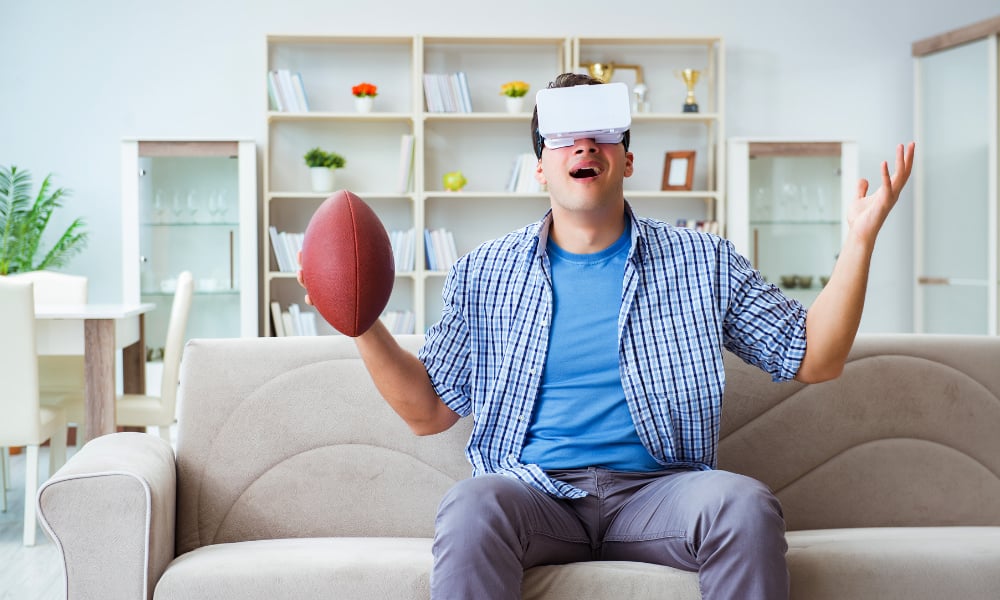
Immersive Experience in VR Football Games
Boost your VR football game experience with tips on calibration, tactics, and training for better realism and improved gameplay.
Trending Topics
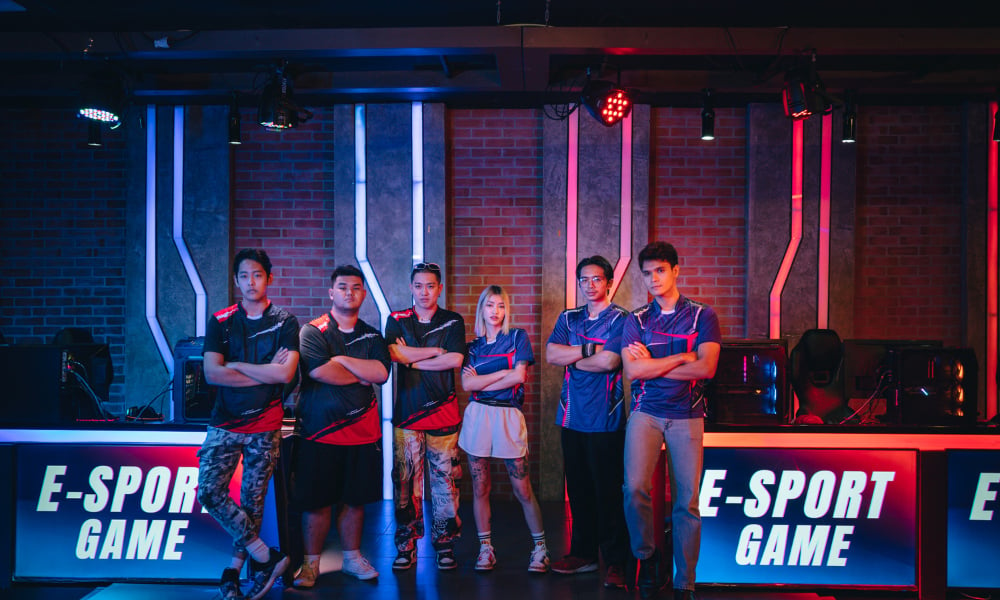
The 5 Biggest eSports Tournaments You Need to Know
eSports tournaments like The International and Fortnite World Cup define the scene with huge prizes, global fans, and epic gameplay.
Keep Reading
The Mobile Gaming Revolution: What to Expect in the Coming Years
The mobile gaming revolution is evolving with better graphics, cloud gaming, social play, and accessibility, shaping a new gaming era.
Keep Reading
How Mobile Games Are Taking Over the Global Market
The mobile gaming market is growing fast, adapting to modern lifestyles with quick, engaging experiences for players everywhere.
Keep ReadingYou may also like
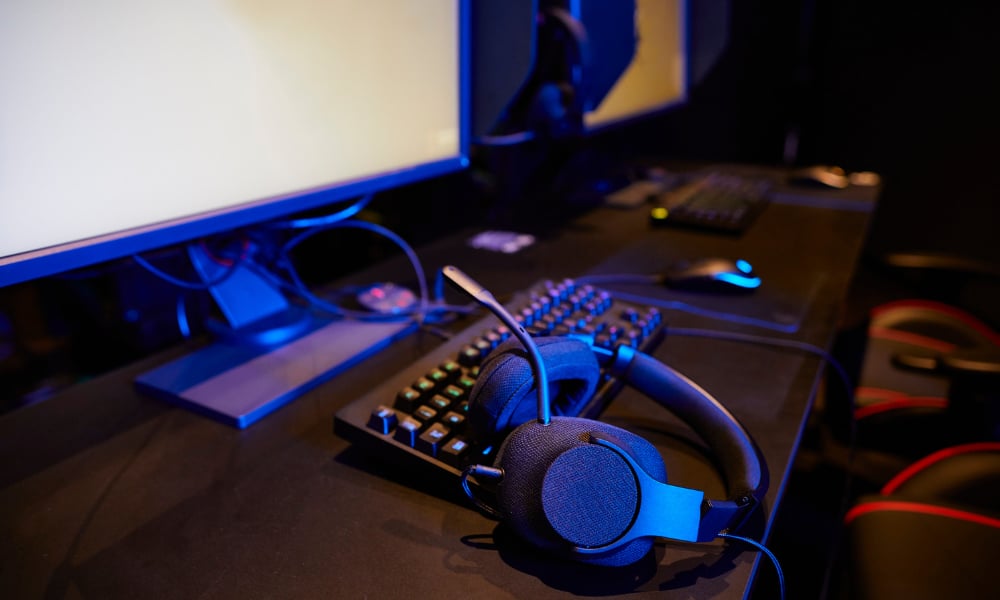
The Evolution of eSports: From Hobby to Global Profession
From LAN roots to mobile arenas, the evolution of eSports blends passion, skill, and tech—turning gaming into global opportunity.
Keep Reading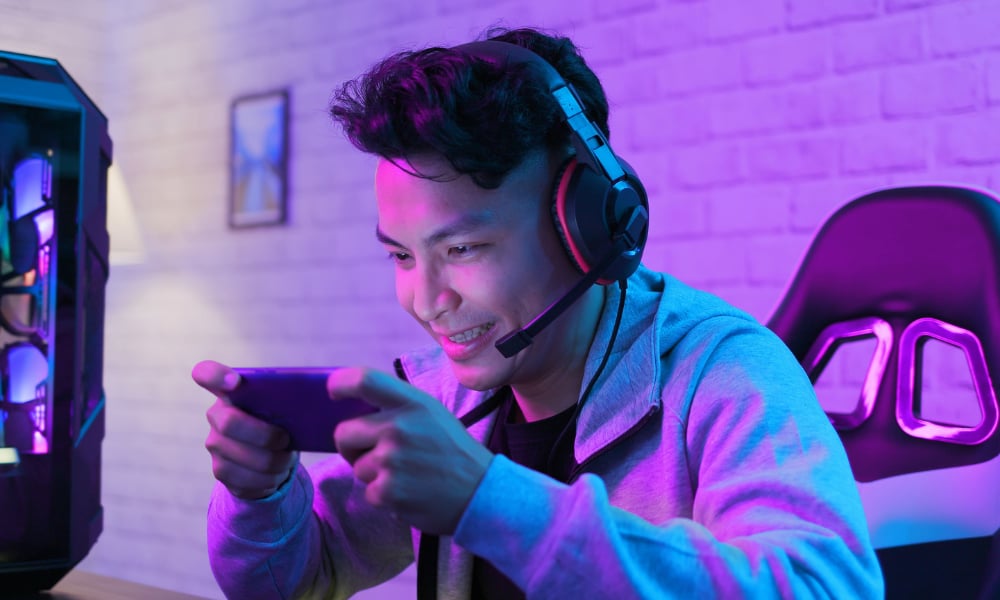
Mobile Sports Games: How to Go Pro Playing on Your Phone
Mobile sports games let you practice, compete, and improve on the go. Set goals, practice daily, and join tournaments for growth.
Keep Reading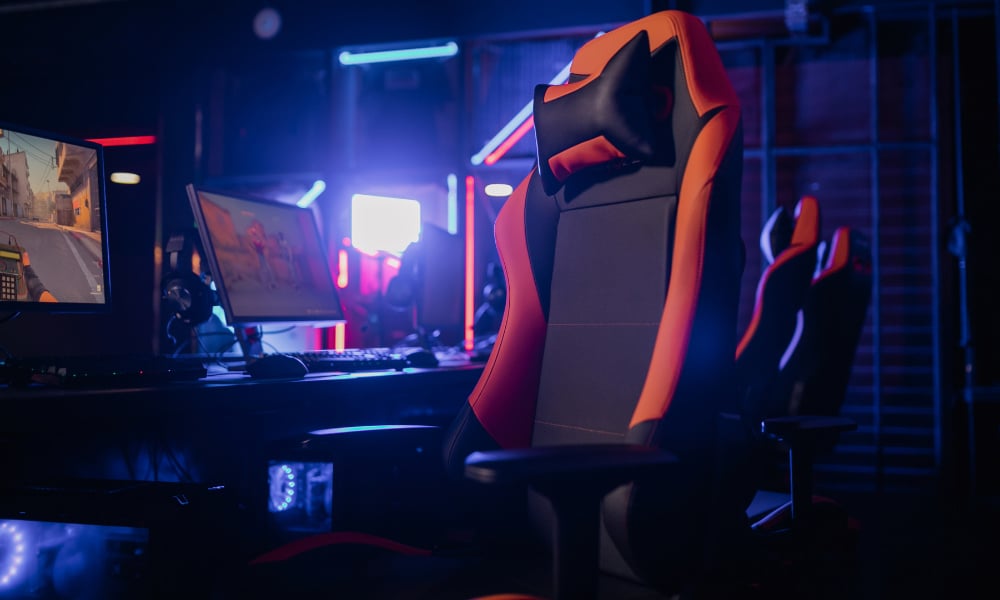
How to Stand Out in the eSports World: Tips from Professionals
Pro eSports tips sharpen gameplay, mindset, and branding—build habits, refine teamwork, and turn consistent practice into lasting success.
Keep Reading